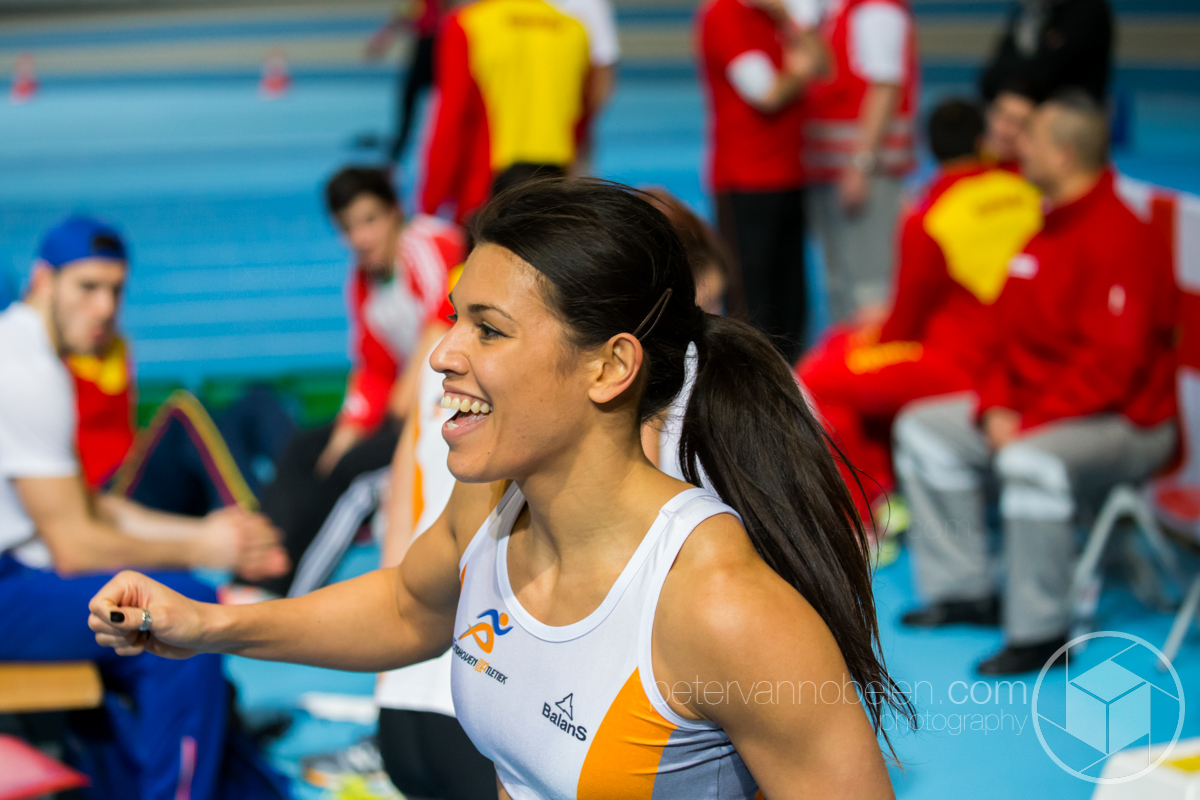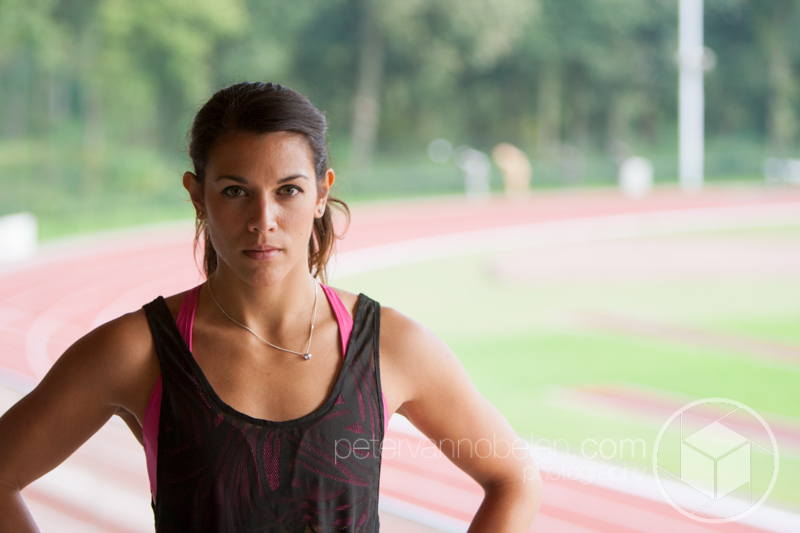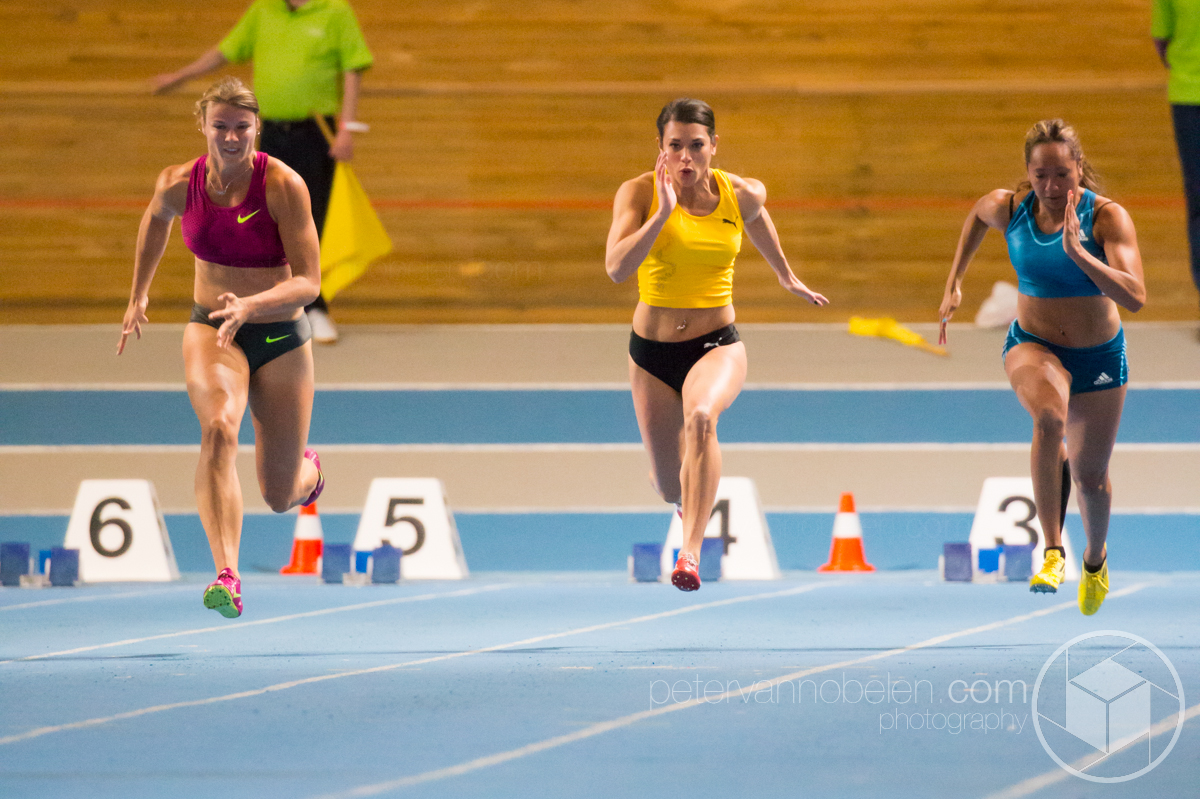Ever wondered what it takes to become an Olympian? Cue a string of metaphors: iron resolve, pit-bull tenacity, herculean effort. I’m a writer so I should be at home with the occasional analogy and a little creative rhetoric, but the truth is I can’t come up with anything that doesn’t sound clichéd. And that, frankly, does an injustice to those athletes who compete at the very pinnacle of their sport. Besides which, come to think of it, I have no earthly idea of the mechanics of Olympic qualification.
So, abandon said metaphors and migrate to the literal: What does it take to become an Olympian. I mean, what do you actually have to do in order to be eligible to compete at the most famous sporting event in world history? It’s an apt topic for Part II, surely, of our Road to Rio series, a journey to the 2016 Olympic Games in Brazil which we will be sharing with Dutch sprinter and Olympic hopeful Esther Akihary. For a glimpse of Esther’s lifestyle and the machinations that have led to her success thus far, take a glance at the introduction interview. And then come back to the present, if you will, and join me as I try to establish the ins and outs of making it to the Olympic arena.
I managed to catch Esther last week at her summer training camp in Portugal. Like me, you’ll no doubt have come to notice that the concept of jetting off to warmer climes forms a part of most athletes’ training schedules. But, also like me, you might not be aware of the edge this can deliver on the field of competition.

“My trip to Portugal is training only,” Esther confirms, adding, “but high quality training. Of course, every day I have to be my best, but we work in seasons (outdoor and indoor) so we work towards a season and towards specific competitions. The official season starts in May, but the world championships for example are in August. So you have to decide in which part of the season you want to be at your best. For me that’s at the nationals; these are at the end of July. This means we had different types of training in March and April. But now, towards the season we want to train more and more on speed work and high quality (more towards 100%). In Portugal (but for other athletes Spain, Tenerife etc.) the weather is really nice. Around 25-35 degrees Celsius – sunny, warm.”
Doesn’t sound like much of a hardship to me!
“Nice for a holiday,” Esther agrees, “but also very nice for sprinters! Because of the warm weather your body doesn’t cool as fast as it does in the cold Dutch weather. You warm up easily and the sun and temperature stimulates the recovery of the body. Not only when resting, but also during practice. One of the reasons you can have more quality within the program. Another reason is that, because of the hot weather you’re able to wear less clothes, which is less resistance. Like in competition. For me one of the most important reasons is I can get my head clear and rest between the sessions. I don’t have the daily stress of work, social liabilities etc. Just sports, like some pros can do all the time.”
In case you’re wondering, the training camp Esther rightly enthuses over is in Vilamoura, a Portuguese resort on the south coast fifteen miles or so from Faro.
“I’ve been in Vilamoura three times now,” Esther explains. “In 2008 with my former group and last year with the same group as this year. It’s nice to be here. We know the environment, the culture, the track and the people. It’s a relaxed and quiet place, but I can imagine a lot of people at the harbour in high season! We stay in a “villa” with 13 people. 11 athletes, the coach and a masseur. Some of the athletes help with the groceries, some help with cooking etc. We eat fresh and healthy. A lot of good recipes to take home with me!”
A spring training camp by the beach: justified. But, to return to the matter in hand of Olympic qualification: for Esther, as part of the Dutch relay team, the competition versus the rest of the world has already begun.
“The best 16 countries in the world get an invitation to compete in Rio. The ranking will be made based on the best time ran in 2015 and 2016. So it’s important the team will run fast this year, to set a sharp time to make it into the top 16 next year.”
Simple enough. If your team is the seventeenth fastest in the world, you’re not getting on that plane. But what if you qualify as a nation? Who decides the make-up of the team and how does Esther book her place?
“The country can choose its own runners. The head coach has informed us that it will be the fastest five women in the Netherlands. So which time you have to race to make it to the team depends on what the top five women are able to run. 11.60 may be enough, like 3 years ago. But the level is very high at the moment, so I’m guessing 11.40 is necessary to join the team. The rules for the next world champs in Beijing are the same,” she adds, reminding me that for an elite athlete there’s no such luxury as one-dimensional focus.
And if you’re not part of a relay team?
“For individual qualification the National Athletics Federation will set a target which you have to run. For the 100m it will be around 11.10 seconds to compete. Because we are not as fast as the Jamaicans and Americans we are not automatically part of the 100 or 200 when you are in the top three at the nationals. So that’s why, for individual participation, we have to run a “limit”. That time, around 11.10 is your individual ticket to Rio. (If there are more than three women running below that time it’s the fastest three, but that has never happened in Dutch sprinting history)”.
So by way of nationally inculcated speed, individual sprinters from Jamaica and the USA qualify by rights simply by placing in the top three fastest times among their compatriots. It’s assumed that you will be fast enough to compete on the world stage. And thinking about that, the rule is probably sound: the quickest Jamaican after Usain Bolt and Yohan Blake is unlikely to be a slouch at any point between the starting blocks and the finish line.
So this season, and a slice of next year, are all Esther has to put her and her team mates in contention for Rio. We know the times she has to beat, we know the rankings her team must place in. I’ll be posting a copy of Esther’s event calendar soon and don’t worry, we’ll be keeping up with her (no, obviously not literally) all the way through her competitions and, hopefully, to qualification for Rio 2016.
My thanks once again to Esther for including us on her journey and the #RoadtoRio 2016. Stay tuned as we follow her through competitions, training and all the tests that go hand in hand with qualification for the greatest event in the sporting calendar.
You can also keep up by following Esther on Twitter @EstherAkihary and on her website www.estherakihary.com, which has all the information on Esther both as a competitive athlete and as a personal trainer and vitality coach.
All images copyright Peter van Nobelen www.petervannobelen.com



